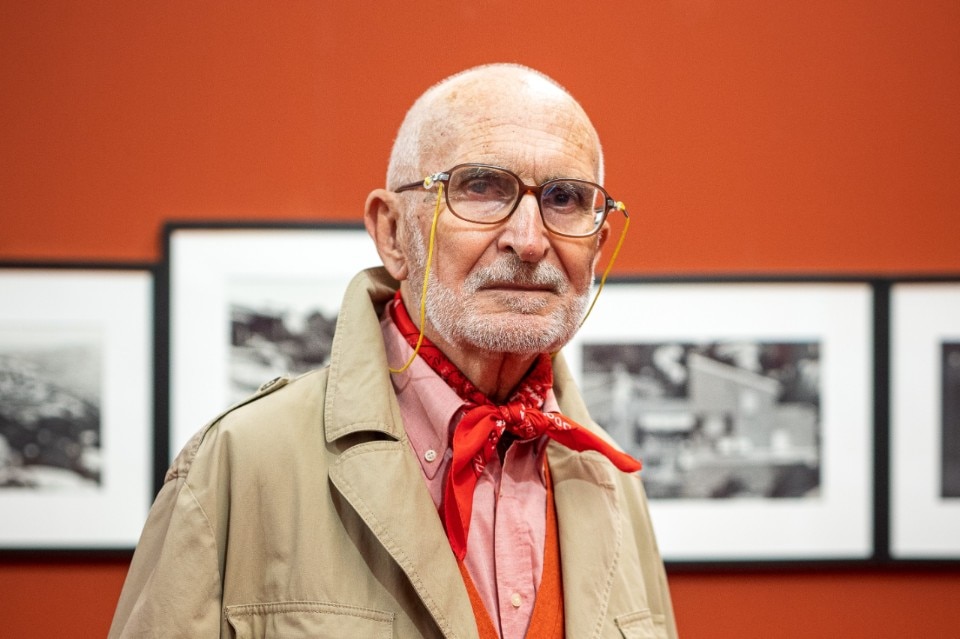Born in Genoa and graduated in Florence, Alberto Ponis had been immersed from the beginning in the history of an architecture that was first expressing and then discussing Modernism: the family factory was designed by Luigi Carlo Daneri; his professional training took place in London, first with Ernö Goldfinger and then with Denis Lasdun. In London, the idea of a critical modernism took shape in Ponis, like the one formulated by James Stirling and the Smithsons in the post-war period, focused on human scale and relationship to context.
.jpg)
 View gallery
View gallery
When Ponis moved to Sardinia in 1963 for a first work, such passion was to be translated into a language and a design philosophy: in “another” Sardinia, compared to Costa Smeralda, which was already in full development with the likes of Vietti, Busiri Vici and Couelle, Ponis would work in places that were more discreet at the time, where landscape suggested the choices: houses started to appear, which, as Alberto Brandolini wrote on Domus, “are not placed in the easiest spot on the lot, but in the most special one”.
Ponis’ language expressed a fusion between site and building, between cliffs and walls, sea and pool, with houses taking their only “artificial” inspiration from the local typology of the low and elongated Gallurese stazzo.
.jpg.foto.rmedium.jpg)
Porto Sardegna and Porto Rafael would be the first sites, then the relationship with Costa Paradiso began with a few houses and then more articulated settlements, destined to become the manifesto of a way of understanding architecture as an expression of place and landscape; the manifesto of a life spent, to this day, between Genoa and Palau, a rare example of an architect who became himself part of the places he transformed.
Opening image: Alberto Ponis portrayed during an exhibition dedicated to him at the Sardinia Foundation, Cagliari, September 2020. Photo Giorgio Marturana from Wikipedia.



.jpg.foto.rmedium.png)
.jpg.foto.rmedium.png)
.jpg.foto.rmedium.png)
.jpg.foto.rmedium.png)
.jpg.foto.rmedium.png)
.jpg.foto.rmedium.png)
.jpg.foto.rmedium.png)
